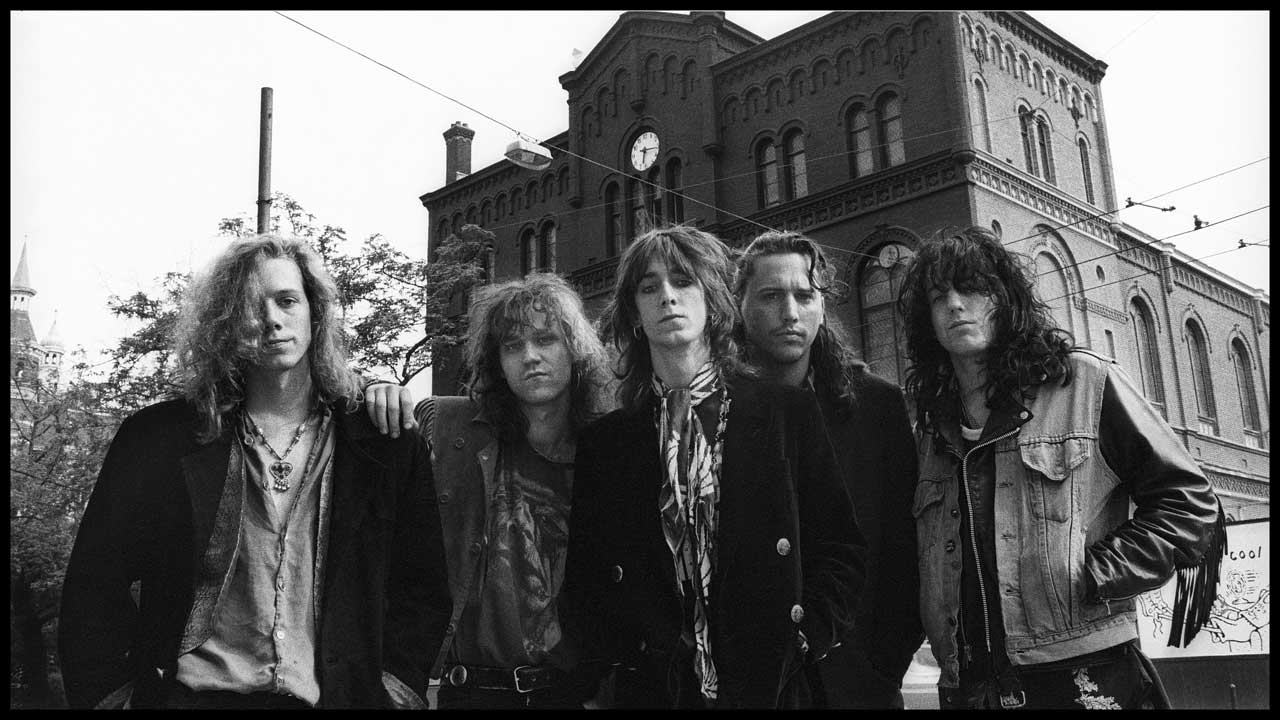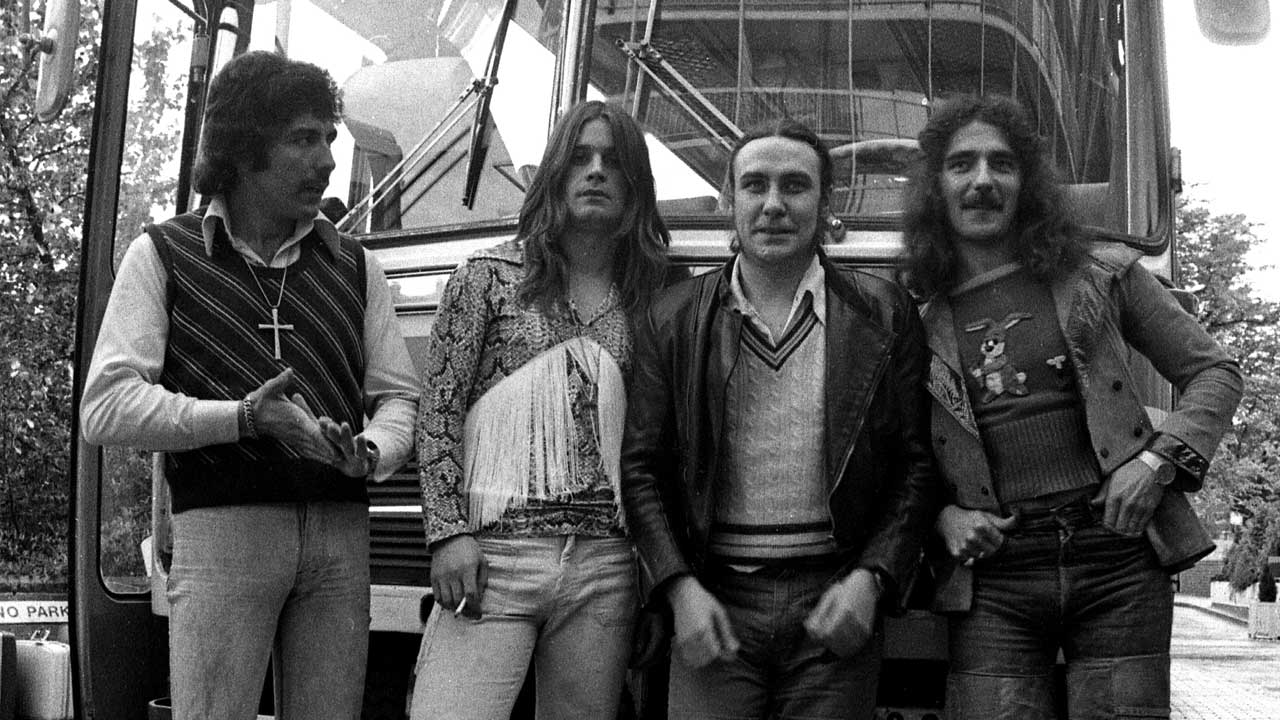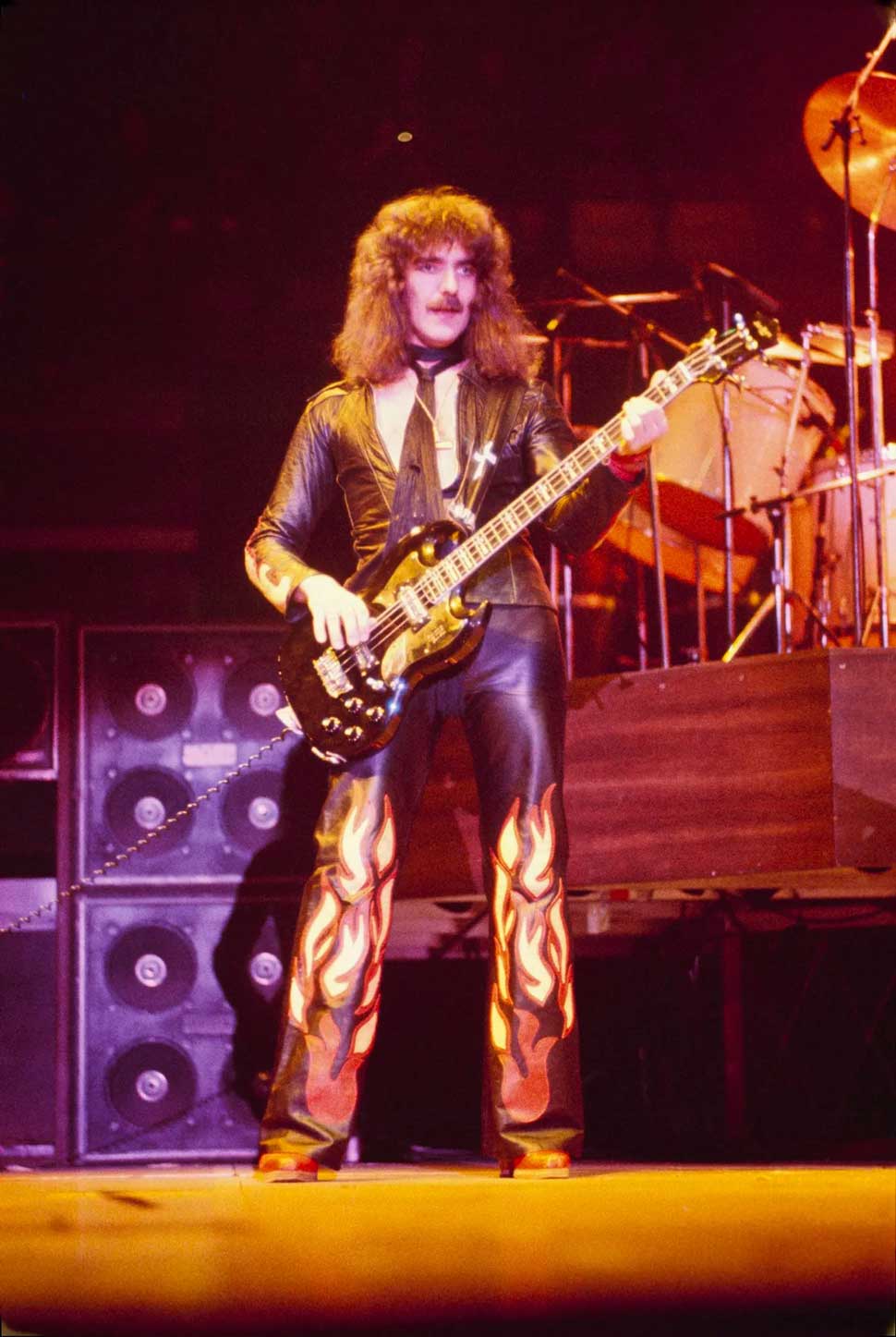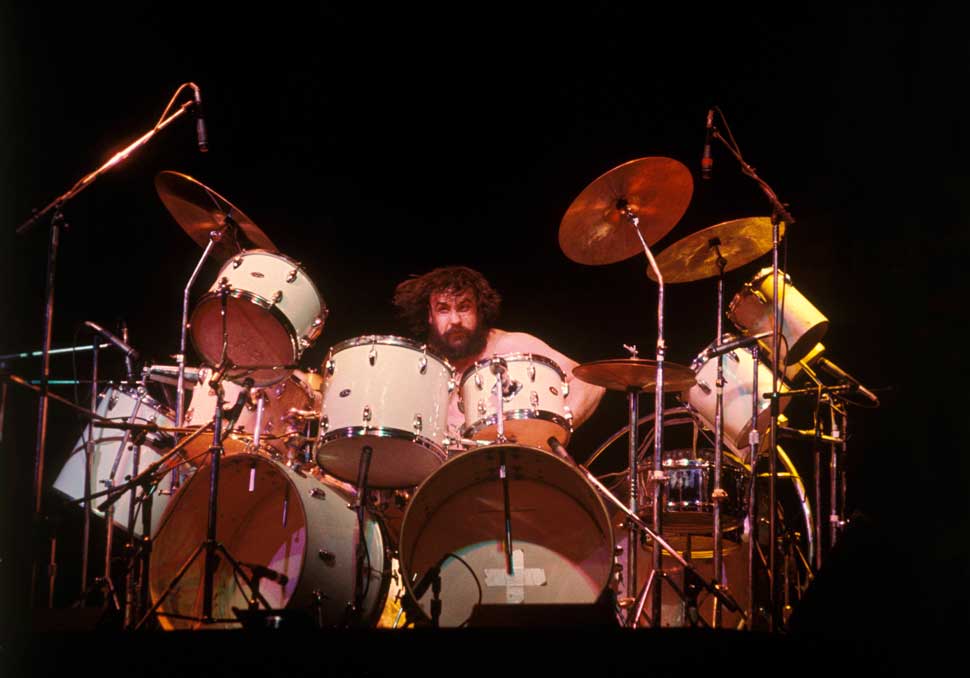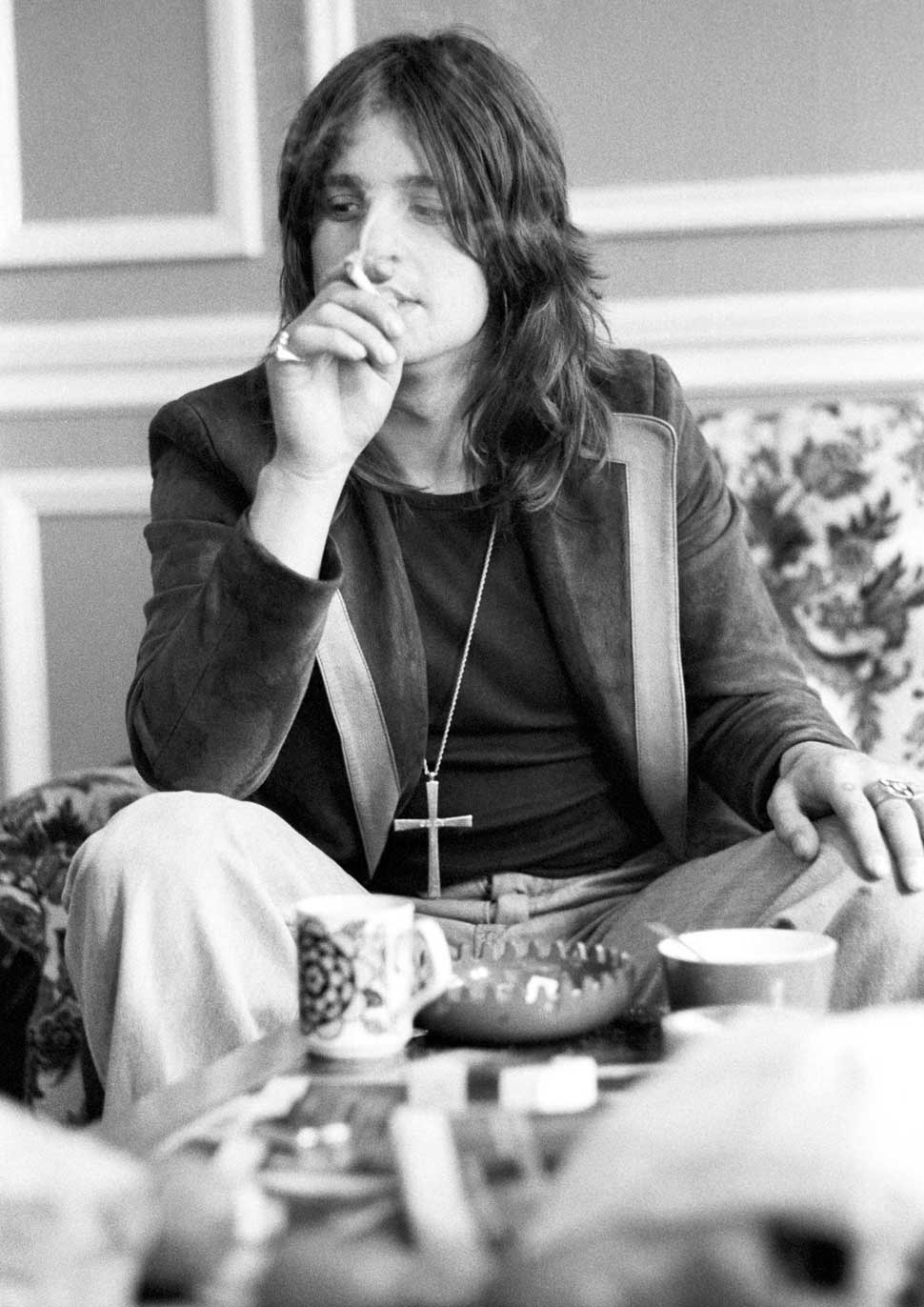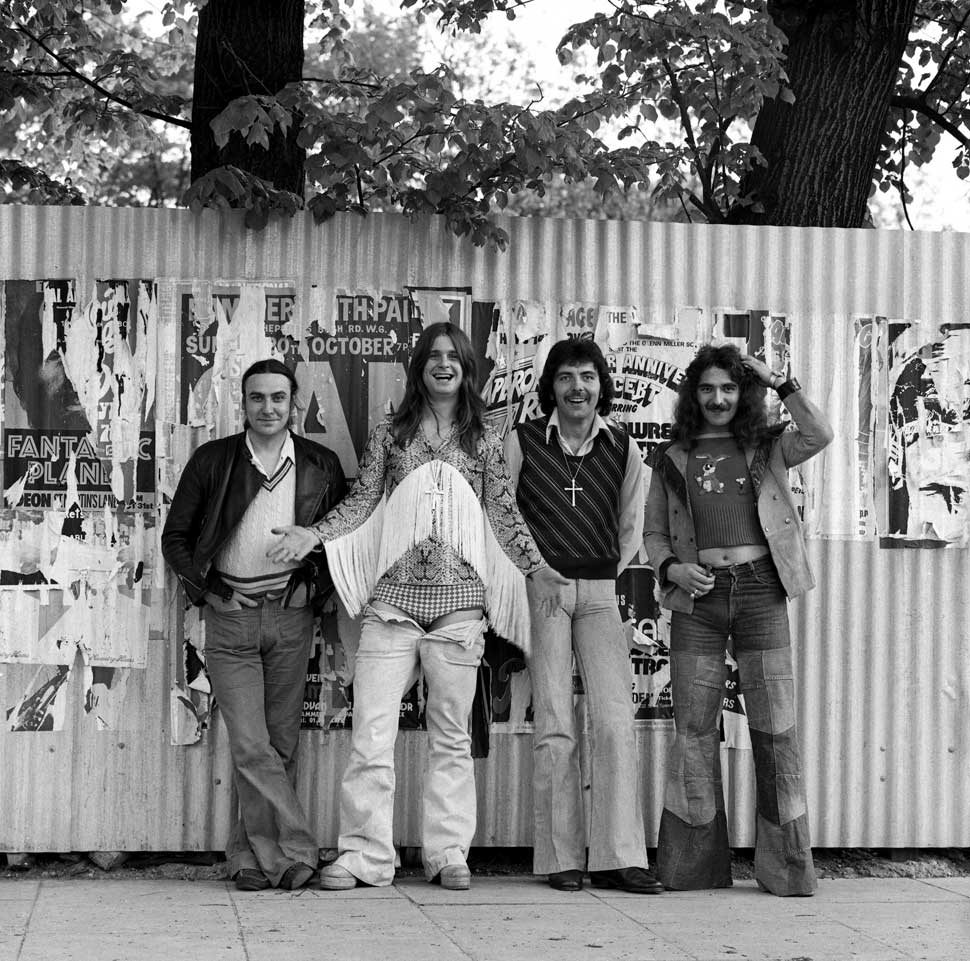For nearly 50 years, AC/DC has been bringing their no-frills brand of hard rock to America.
Starting with their first U.S. show in 1977, Angus Young and company quickly developed a reputation as a must-see opening act. As with the rest of the world, it wasn’t long before they were headlining stateside arenas and eventually, stadiums.
After decades of ignoring musical trends and enduring tragedy and lineup changes, the band remains one of the most popular touring attractions in the country. Here’s a quick rundown of each of AC/DC’s 16 American visits, as well as the best way to travel back in time to see and hear each tour via live albums, home videos or bootlegs.
1977: ‘Let There Be Rock’ Tour
AC/DC had been together for nearly four years before they first visited America on the tour in support of their fourth studio album, 1977’s Let There Be Rock. Cliff Williams took over for Mark Evans on bass after the recording of that album, joining singer Bon Scott, guitarists Angus and Malcolm Young and drummer Phil Rudd. The band played their first U.S. date on July 27, 1977 and went on to serve as an opening act for bands such as Foreigner and UFO.
However, an early success story made it clear that stardom was in the cards. A Jacksonville, Florida radio station was among the first to add AC/DC’s music to their playlists, and as a result the band headlined and drew 8,000 fans to their first show in that city.
You can see fan-shot video of the band’s Aug. 5, 1977 show in West Palm Beach below. On Dec. 7, AC/DC played a live set in front of a small audience at the Atlantic Recording Studios in New York City. It was released as a promotional-only album in 1978, then released to the public in 1997 as part of the Bonfire box set.
1978: ‘Powerage’ Tour
AC/DC’s reputation and live following continued its rapid stateside growth after the May 1978 release of Powerage. The group spent nearly three months on the road in America, supporting Aerosmith, Alice Cooper, Blue Oyster Cult and others.
The group’s first and only live album of the Bon Scott era, If You Want Blood You’ve Got It, was recorded at the Glasgow, Scotland stop on the tour, and released in October 1978. Video of three songs from that same show were later released on 2007’s Plug Me In box set. (Naturally, sometimes the best way to revisit each tour is from an overseas show.)
1978-79: ‘If You Want Blood You Got It’ Tour
The live album gave AC/DC an excuse to get right back on the road, for a tour that included three months in America. The band co-headlined dates with UFO and opened for Journey and Cheap Trick. Three songs from their appearance on BBC2’s Rock Goes to College show can be found on Plug Me In.
1979-80: ‘Highway to Hell’ Tour
AC/DC officially cracked open America with the July 1979 release of the Mutt Lange-produced Highway to Hell, which reached No. 17 on the album charts, They were also certified stateside headliners now, spending six weeks in America as part of a 99-show world tour.
The Dec. 9, 1979 show in Paris was filmed and released in theaters and on home video in 1980 as the Let There Be Rock concert movie. An expanded soundtrack of the show was included in the 1997 Bonfire box set. Unknown to all, the Jan. 27 show in Southampton, England would be the last before Bon Scott’s Feb. 1980 death, causing the cancellation of the tour’s planned dates in Japan and Australia.
1980-81: ‘Back in Black’ Tour
Unsure if they could go on after the tragic loss of Scott, AC/DC were reassured by the singer’s mother that he would have wanted them to continue. So they recruited Brian Johnson, recorded the career-defining Back in Black and hit the road once again in June of 1980.
The stage show featured a custom one-ton bell that descended from the ceiling as the band launched into “Hell’s Bells.” Johnson would strike the final blows before tackling a set that included a handful of Back in Black songs along with favorites from Scott’s era.
Four songs from the February 5th, 1981 show in Tokyo can be seen on the band’s 2007 video collection Plug Me In.
1981-82: ‘For Those About to Rock’ Tour
After releasing the final album in their Mutt Lange-produced trilogy, For Those About to Rock (We Salute You) in November, 1981, AC/DC hit the road with an impressive new stage prop. A pair of cannons, just like the ones on the album cover, would appear at the end of the show and “fire” into the audience. Although some venues refused to let the band do this at first, it’s gone on to become a beloved show-ending tradition.
A pair of songs from the tour’s Dec. 20, 1981 stop in Landover, Maryland can be found on Plug Me In.
1983-84: ‘Flick of the Switch’ Tour
Attempting to get back to the rougher sound of the earlier days, AC/DC went perhaps a bit too far on 1983’s somewhat stiff Flick of the Switch, resulting in the beginning of a (relative) commercial downturn for the group. Substance abuse issues and personality conflicts led to Phil Rudd being fired before the band toured in support of the album. He was replaced by Simon Wright.
Four songs from the tour’s Nov. 17, 1983 show at Detroit’s Joe Louis Arena can be found on Plug Me In.
1985-86: ‘Fly on the Wall’ Tour
Although 1985’s Fly on the Wall was punchier and catchier overall than its predecessor it didn’t catch on any better than Flick of the Switch did, even with the band openly courting MTV with some bigger-budget videos. Still, faithful fans flocked to their three month fall US tour, which featured support from Yngwie Malmsteem’s Rising Force.
This tour has yet to be documented on any official albums or home video releases, but their Oct. 11, 1985 show at Austin’s Frank Erwin Center was broadcast over the radio and has been widely bootlegged.
1986: ‘Who Made Who’ Tour
For the first time in their career, AC/DC took what could be considered a bit of a shortcut in 1986, releasing a soundtrack to the Stephen King movie Maximum Overdrive that was really just a compilation with one “proper” new song and two kick-ass instrumentals alongside some old classics. But the title track to Who Made Who was a big hit, and the band capitalized with a two-month, 43-date North American tour that kicked off July 30, 1986 in New Orleans and concluded Sept. 20 in Long Island. No audio or video from this tour has been officially released.
1988: ‘Blow Up Your Video’ Tour
AC/DC’s 11th studio album, 1988’s Blow Up Your Video, built on the momentum of “Who Made Who,” with the lead single “Heatseeker” improving upon its predecessor’s chart performance in most parts of the world. The 164-date, nearly year-long world tour in support of the album began with Angus Young emerging from a giant missile that came out of the bottom of the stage, the first of a series of increasingly large-scale show-opening set pieces the band would employ in the coming years.
Malcolm Young sat out the North American leg of this tour in order to treat his substance abuse issues. He was replaced by his nephew, Stevie Young, but returned in time for the band’s next album. No audio or video from this tour has been officially released.
1990-1991: ‘The Razor’s Edge’ Tour
In 1989 AC/DC dealt with their first lineup change in six years, as drummer Simon Wright left to join Dio. He was replaced by Chris Slade, who joined the band in the studio for what turned out to be a massive comeback album, 1990’s The Razor’s Edge. Powered by the hits “Thunderstruck” and “Moneytalks” – the latter their highest-charting US single ever – the album sold six million copies and put the band back on top of the rock world.
The year long, 160-date world tour that followed kicked off in Worcester, Massachusetts on Nov. 2, 1990. The tour was commemorated with the 1992 live album AC/DC Live, and the home video Live at Donington. These were the first official live releases to feature Brian Johnson on vocals.
1996: ‘Ballbreaker’ Tour
After 12 years away, AC/DC reunited with drummer Paul Rudd prior to the recording of 1995’s Ballbreaker. The Rick Rubin-produced album didn’t click quite as well as The Razor’s Edge but still went double platinum in America. The 11-month world tour in support of the record kicked off January 12 in Greensboro, and the July 10th show in Madrid, Spain was captured on the No Bull home video.
The tour featured what might be the most impressive stage show of the band’s career, as every night began with a giant wrecking ball knocking down the facade of a giant building, with Angus Young emerging triumphantly from the rubble.
2000-01: ‘Stiff Upper Lip’ Tour
The stage for AC/DC’s 143-date Stiff Upper Lip tour was dominated by a 40-foot bronze statue of Angus Young, resembling the cover of their 2000 album of the same name. The giant Angus breathed smoke and shot fire out of its guitar. (Can we bring back the days of massive practical stage effects? I get that it’s expensive but how many more times can we just look at the same video screens?)
This was the third straight AC/DC tour to be documented on home video, this time under the no-fuss name Stiff Upper Lip Live.
2003: Club Shows
To celebrate the 2003 re-release of their back catalog and their induction into the Rock and Roll Hall of Fame, AC/DC performed a handful of special shows at theaters much smaller than the stadiums and arenas they’d been playing for the last two decades. These concerts also found the band digging further into their Bon Scott-era catalog, for gems such as “Rock ‘n’ Roll Damnation” and “What’s Next to the Moon.” Their June 17, 2003 show at the Circus Krone in Munchen, Germany was filmed and released as part of the 2009 Backtracks deluxe edition box set.
2008-10: ‘Black Ice’ Tour
After an unusually long eight year break, AC/DC returned with the 2008 album Black Ice, and another massive stage show, this time featuring an oversized train – tied to the album’s hit single “Rock ‘n’ Roll Train” – dominating the proceedings.
The band’s three-night December 2009 stand in Buenos Aires was captured on the 2011 live album and home video Live at River Plate. Sadly, this would be Malcom Young’s last tour with the band – and that was just the start of the difficulties they’d endure the next time out.
2015-16: ‘Rock or Bust’ Tour
After another long break, AC/DC returned in late 2014 with the album Rock or Bust. It was the first album they recorded without Malcolm Young, who was forced to step away from the group to battle dementia and other health issues. His nephew Stevie took his place on the album and the ensuing tour, which turned out to be quite chaotic.
After his arrest and well-documented legal issues, Phil Rudd was forced to sit out the tour and was replaced by a returning Chris Slade. Near the end of the tour, singer Brian Johnson was ordered off the road by his doctors, who said he risked permanent hearing loss. Guns N’ Roses singer Axl Rose stepped in to help, filling in for Johnson for the last 23 dates of the tour. As the tour neared its completion, bassist Cliff Williams announced that he would retire from the band, leaving Angus Young as the last man standing from the llneup the band had maintained for nearly two decades.
Neither a Johnson or Rose-fronted show from this tour has been released to date, but some enterprising and talented fans have done a great job chronicling the tour on YouTube.
2023: Power Trip
Malcolm Young died in November 2017, about a year after the conclusion of the troubled Rock or Bust tour. The following year Johnson, Rudd and Williams returned from their respective hearing problems, legal troubles and retirement to join Angus and Stevie Young for the recording of the excellent 2020 album Power Up. The record was assembled from tracks Angus and Malcolm had previously written together, and was dedicated to Malcolm.
The pandemic kept AC/DC off the road for several years, but in 2023 the band took the stage for the first time in seven years, at the Power Trip festival in Indio, California. Johnson and Williams joined them, but Rudd was replaced by Matt Laug, formerly of Alice Cooper and Slash’s Snakepit.
In 2024 the group mounted a full-scale European tour, with Laug still on drums, and former Jane’s Addiction bassist Chris Chaney taking over for an apparently re-retired Williams. That same lineup will tour North America in 2025.
AC/DC Live Albums Ranked Worst to Best
These Aussies are nothing if not consistent.
Gallery Credit: Bryan Rolli
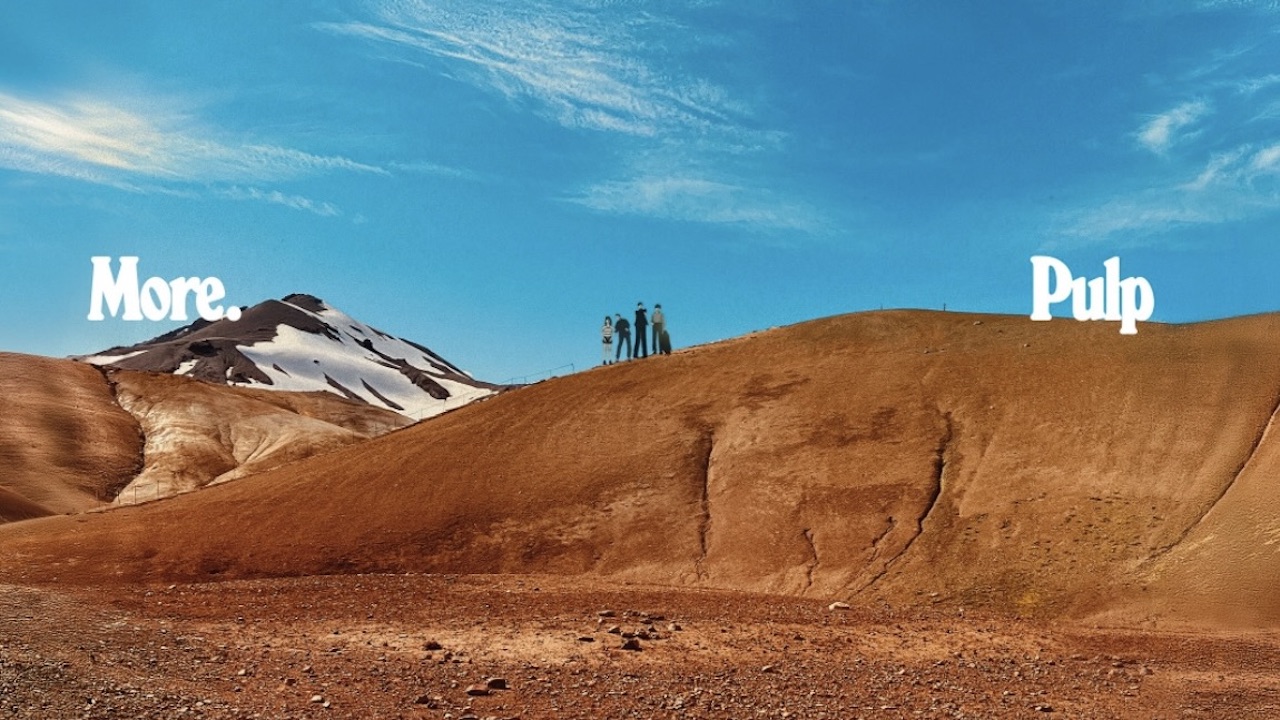


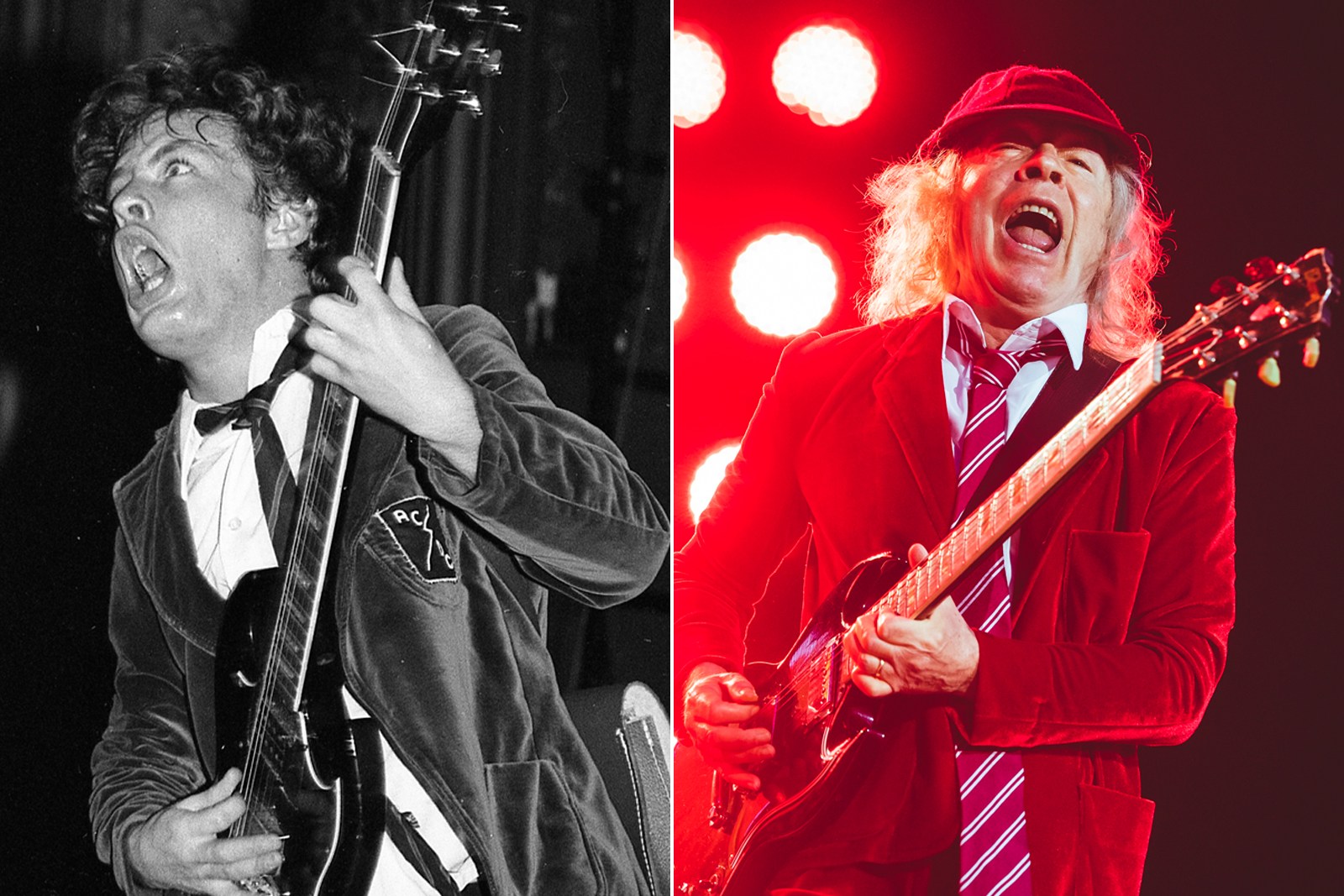
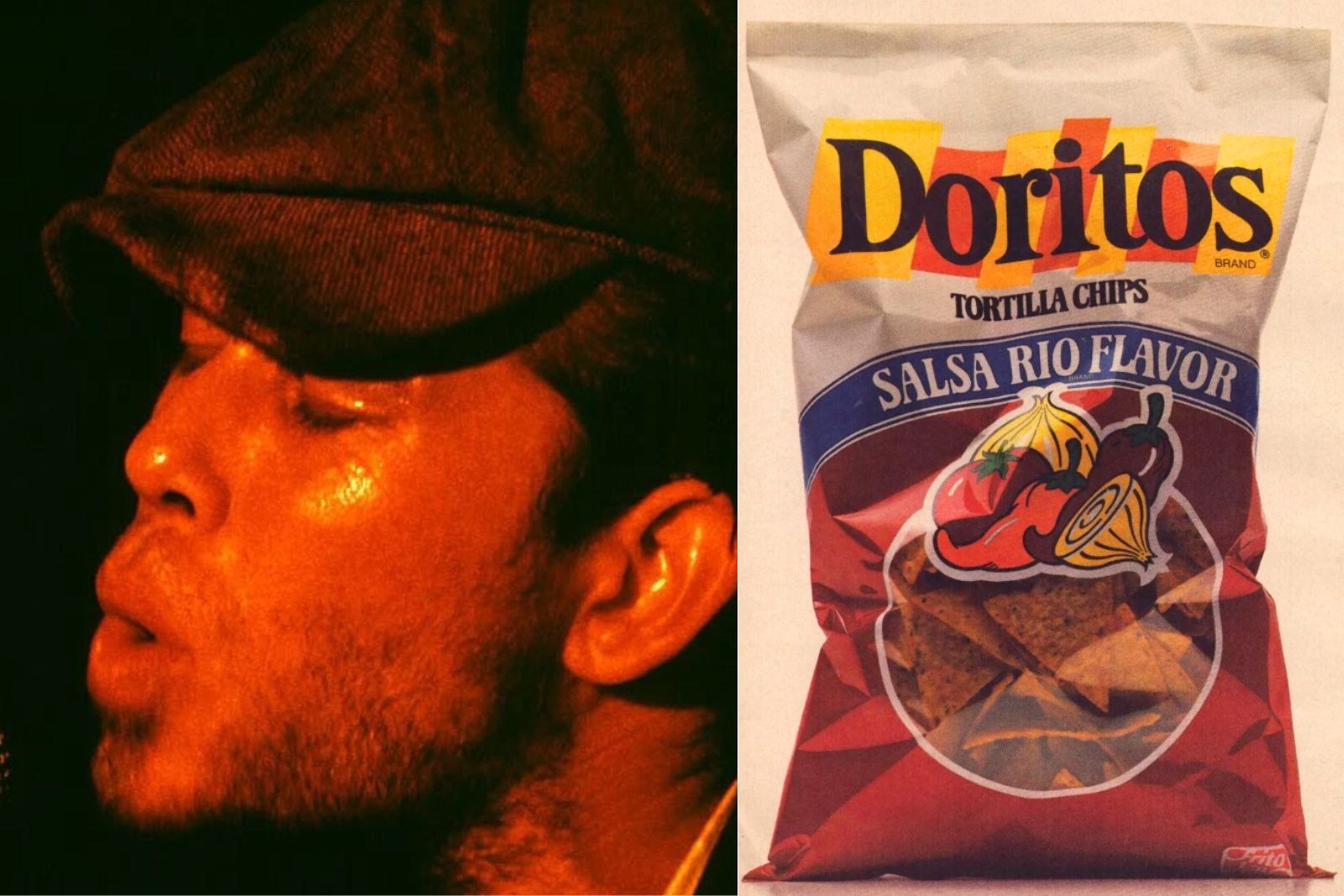
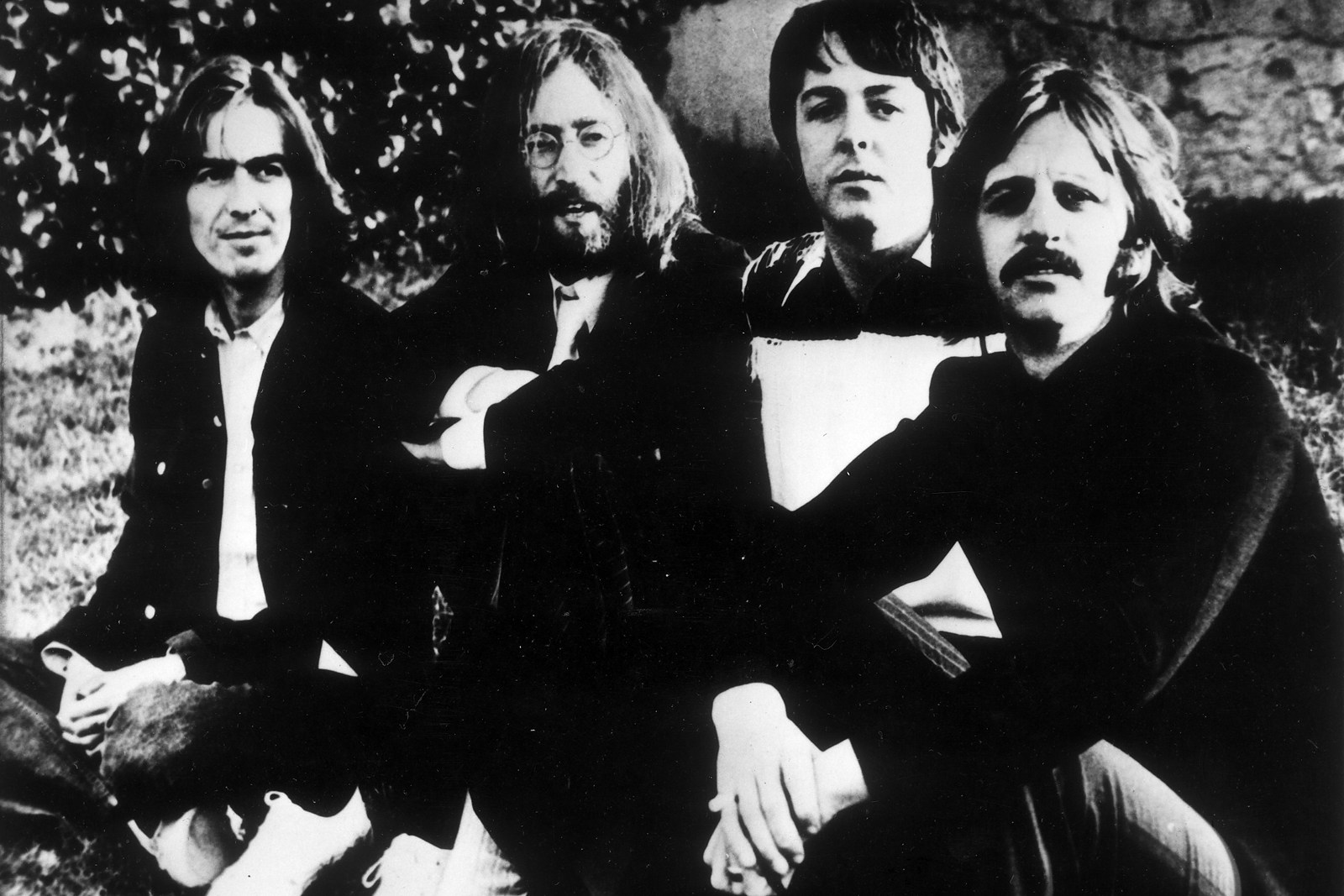
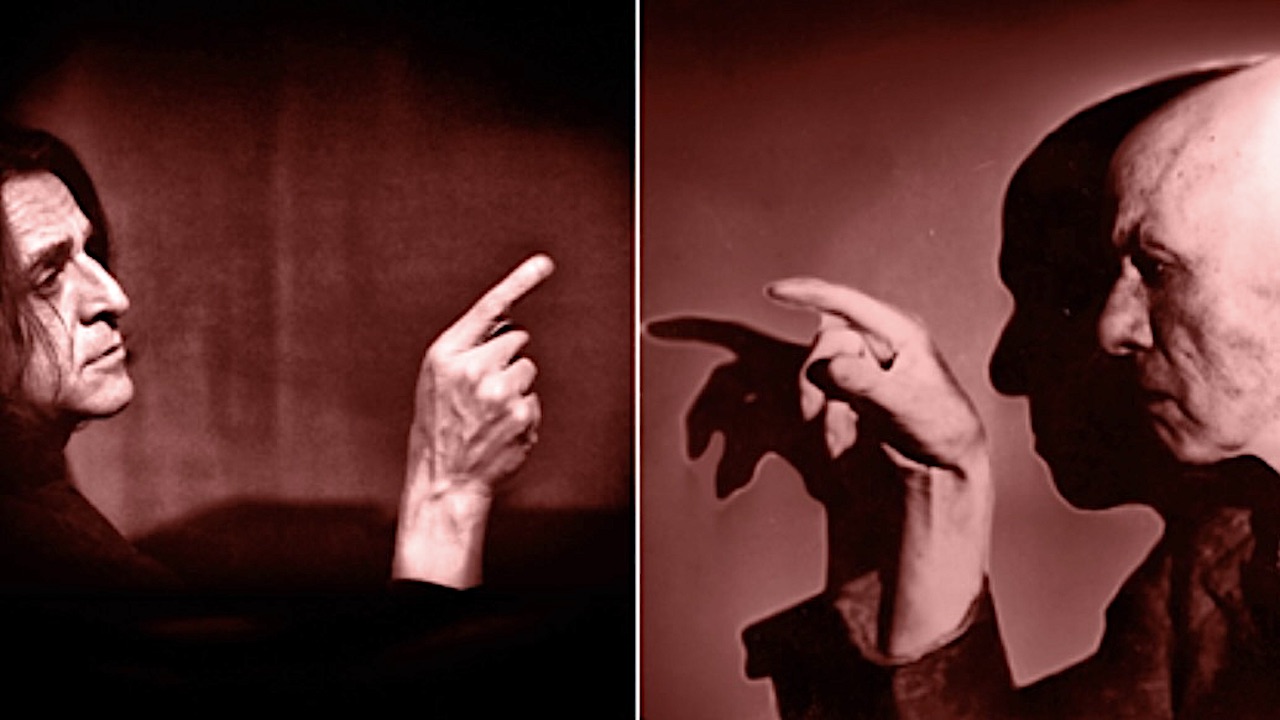







![Tell Me You Love Me [Explicit]](https://m.media-amazon.com/images/I/41rmM4qKsTL._SL500_.jpg)
![Dancing With The Devil The Art of Starting Over [Explicit]](https://m.media-amazon.com/images/I/51YZIczJvkL._SL500_.jpg)





